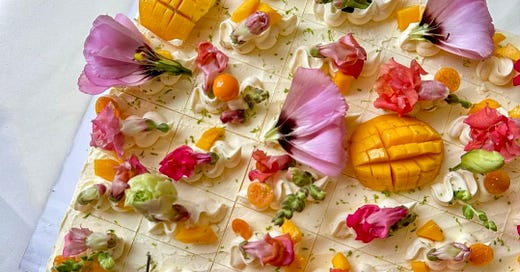Sugar and Spice Makes These Cakes Nice
New York-based cake makers prove that spiced cakes aren’t just for the holidays.
During a trip to Lisbon last year, I sat at the bank of the Tagus River and watched as sailboats casually drifted to and fro, as if they weren’t afloat on what was once a stage for one of history’s most pivotal events. 527 years ago, almost to the day, the Portuguese explorer Vasco da Gama set sail from that very river to find the source of the medieval…


